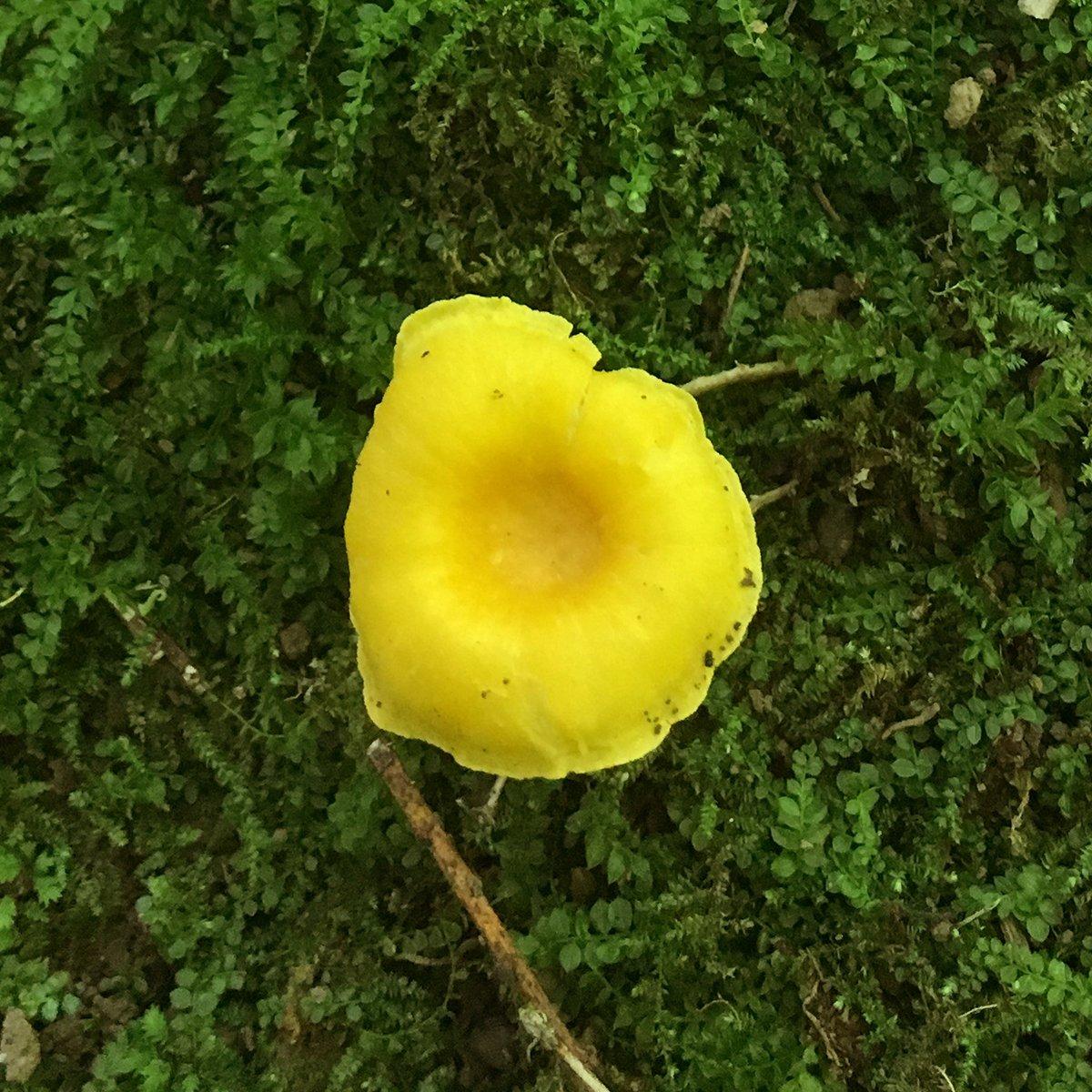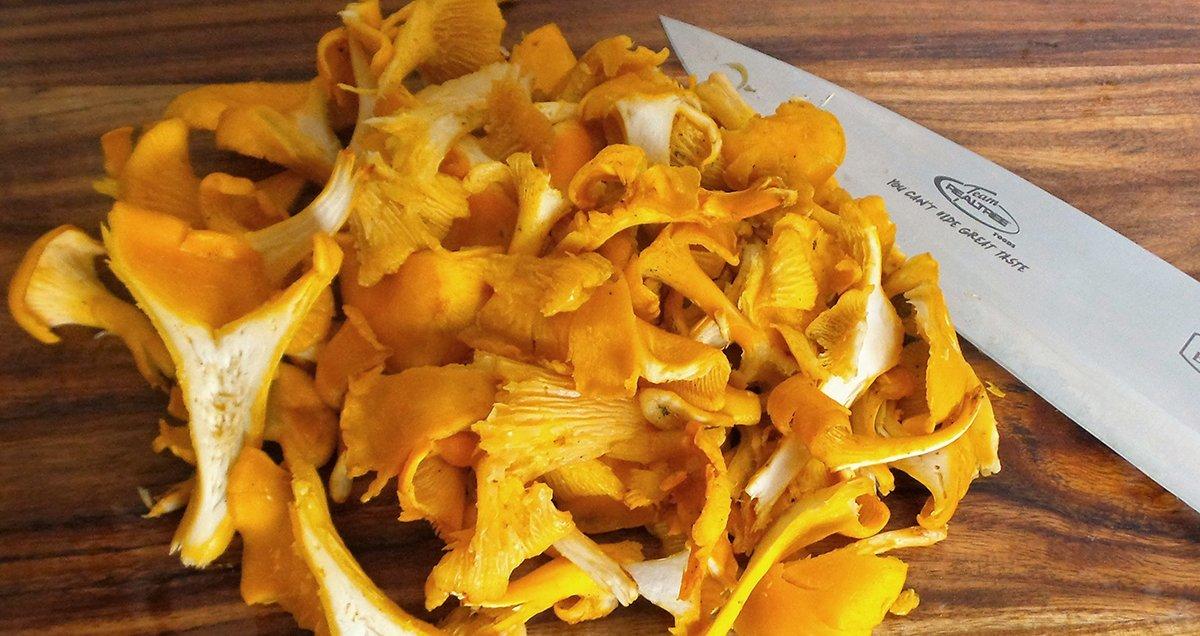Drying Wild Mushrooms
Drying Wild Mushrooms
10 Min
Prep Time
360 Min
Cook Time
Easy
Difficulty
With all of our recent rain and warm nights here lately, the chanterelle mushrooms are popping up like crazy here in Kentucky. While not as well-known as the early spring morel, chanterelles are an excellent mushroom for the table, and, in most areas, are a lot easier to find.
Common over most of North America, the chanterelle is orange or yellow, meaty and funnel-shaped. On the lower surface, underneath the smooth cap, it has gill-like ridges, but not true gills, that run almost all the way down its stalk, which tapers down from the cap. It has a fruity odor and an almost peppery taste. Chanterelles, be they yellow or orange, will always have white flesh inside.
Find them in shaded woodlands on warm summer days, particularly after a period of rain. Chanterelles grow from the forest floor, not on dead wood, and are typically found singly or at most as a double stem. When you find one, there are usually several more around.
Because they do grow in groups, it is easy to find several in a short period of time. If you find yourself with more than you can cook in a few days, try your hand at drying them. Dried chanterelle mushrooms are excellent in soups or stews. For some reason, chanterelles don't rehydrate quite as well as other wild mushrooms, so if you need a fresh texture, saute the mushrooms, let cool, and vacuum seal or place in zip top bags then freeze.
I dehydrate for six to eight hours at 125-135 degrees or until the mushroom is crisp and snaps when you try to bend it. For long-term storage, simply drop the dried mushrooms into a glass jar and screw the lid on. Store in your pantry for up to a year.










